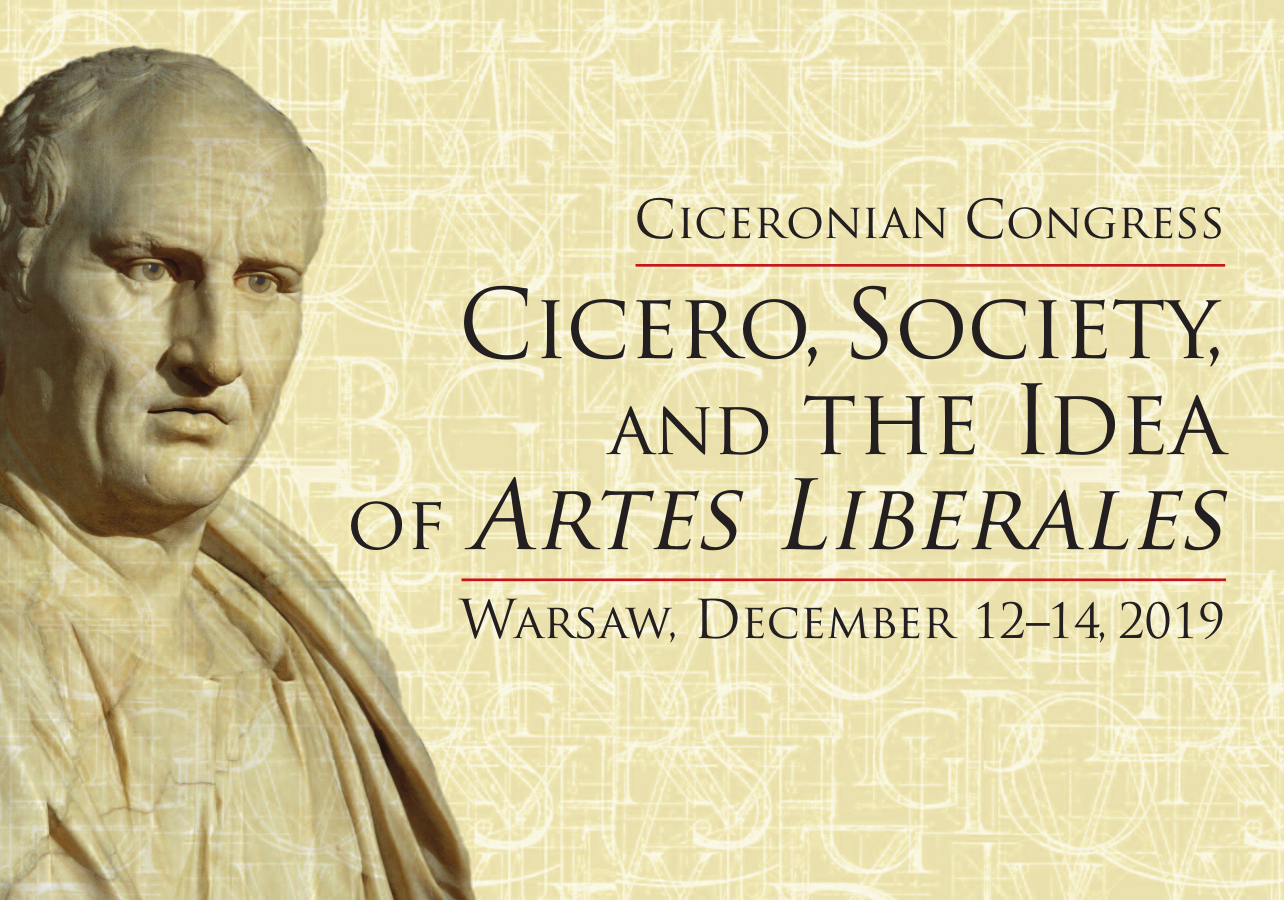La réception française de Cicéron au 20e siècle : le cas Carcopino - The French Reception of Cicero in the XX century: the Case of Carcopino
DOI:
https://doi.org/10.13135/2532-5353/5500Abstract
Published in 1947, Jérôme Carcopino’s Secrets of Cicero’s Correspondence has provoked violent reactions because of its decidedly negative portrayal of Cicero. This article seeks to understand how one of France’s most brilliant Latinist ended up penning such a prejudiced and unfair portrait of Cicero. Leaning on Carcopino’s biography of Caesar and his autobiography, we argue that this portrait stems from a specific understanding of the figure of the providential man: the au- thor contrasts his Cicero, seen as the symbol of a static republic, with the image of the “great men” such as Caesar, Napoleon, Pétain. In truth, Carcopino manipulates his quotes in the manner of a lawyer, cutting and distorting citations from the Letters. For this former Vichy minister judged and deposed, does his Secrets stage a trial which never took place – the trial against those members of parliament and of the resistance who, in his view, stood out for their opportunism and cowardice?
Downloads
Downloads
Published
How to Cite
Issue
Section
License
Authors who publish with this journal agree to the following terms:
- Authors retain copyright and grant the journal right of first publication with the work simultaneously licensed under a Creative Commons Attribution License that allows others to share the work with an acknowledgement of the work's authorship and initial publication in this journal.
- Authors are able to enter into separate, additional contractual arrangements for the non-exclusive distribution of the journal's published version of the work (e.g., post it to an institutional repository or publish it in a book), with an acknowledgement of its initial publication in this journal.


 Ciceroniana On Line is recognised by ANVUR (the National Agency for the Evaluation of the University System and Research) as a CLASS A journal for the Sciences of Antiquity, Philology, Literature and History of Art (
Ciceroniana On Line is recognised by ANVUR (the National Agency for the Evaluation of the University System and Research) as a CLASS A journal for the Sciences of Antiquity, Philology, Literature and History of Art ( The journal is included in DOAJ. The DOAJ listing of the journals is available at
The journal is included in DOAJ. The DOAJ listing of the journals is available at  The journal is indexed in
The journal is indexed in  The journal has been included in ERIH PLUS. The ERIH PLUS listing of the journals is available at
The journal has been included in ERIH PLUS. The ERIH PLUS listing of the journals is available at 

